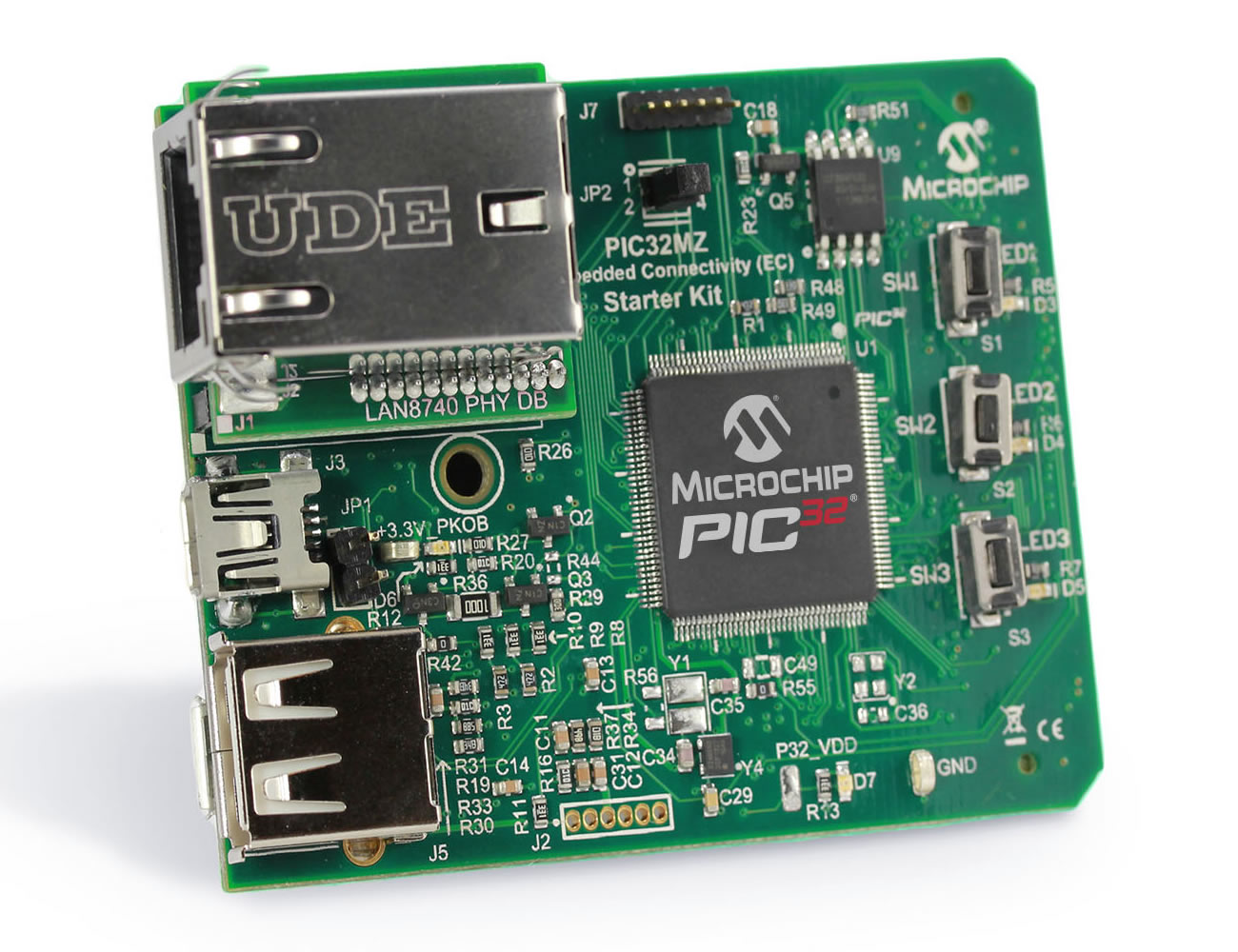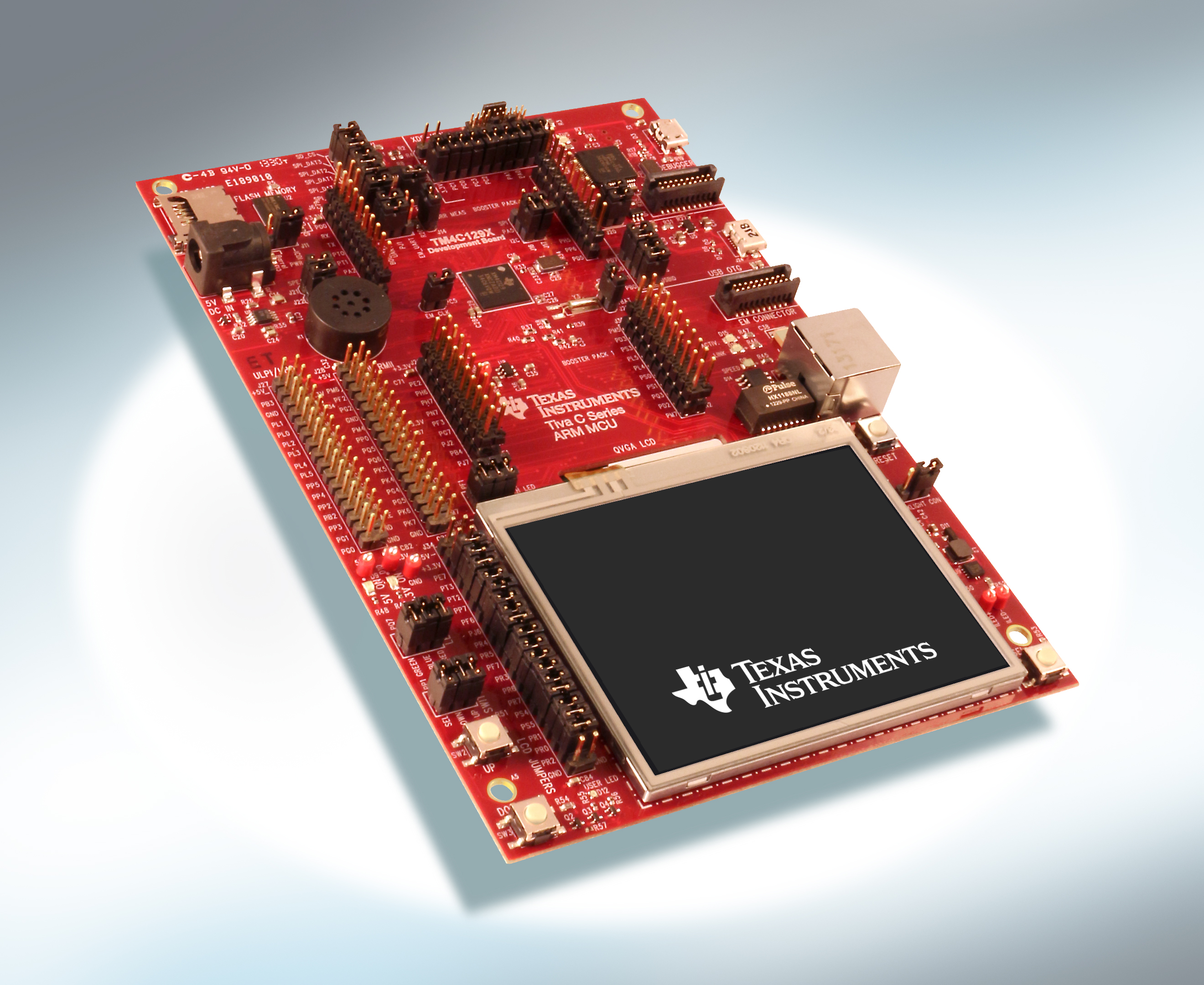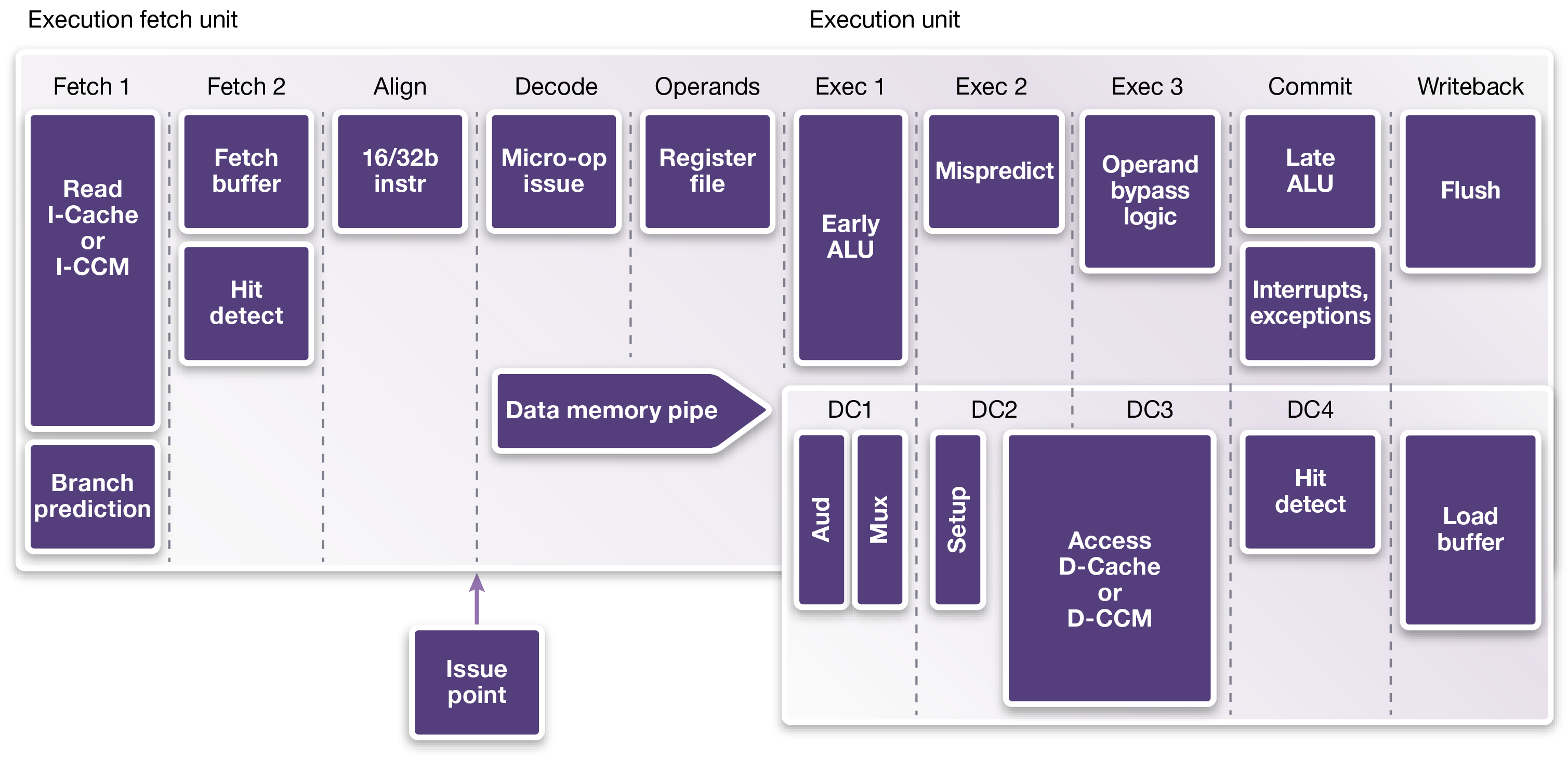Connectivity drives revision
A recent spate of revised 32bit microcontrollers hints at the increasing importance of connectivity, but at the cost of ultra-low power. ES Design magazine Editor, Philip Ling reports.
On the face of it, connectivity goes hand-in-hand with increased processing performance; the multiple protocols and physical layers now in use demand a core capable of simultaneously handling multiple data streams and interfaces. It forms a significant part of the momentum building behind the wide scale shift to 32bit architectures in microcontrollers.

Microchip: The PIC32MZ Embedded Connectivity Starter Kit
In response to this demand, a number of device manufacturers have recently introduced new versions of 32bit-based MCUs, in a number of guises. Despite continued adoption of the ARM Cortex family, there is still demand for proprietary solutions that offer a competitive and/or technical advantage, such as the RX from Renesas. Version 2 of the RX (RXv2) increases raw performance from 3.2 to 4.0 Coremark/MHz (or 2.0 DMIPS/MHz) and pushes operating frequency up to 300MHz. In the same timeframe, Microchip announced the PIC32MZ EC family, the second iteration of its 32-bit product family, this one employing a MIPS core with DSP extensions and support for 16bit instructions, and also capable of running at up to 200MHz to deliver 3.28 Coremark/MHz (or a maximum 330 DMIPS).

TI: The Tiva Connected Development Kit is available now
Also with a focus on connectivity, TI recently extended its Tiva C series of Cortex-M4 based MCUs, the TMC129x, which feature an integrated 10/100 Ethernet MAC+PHY. According to Joe Folkens, Product Manager for the Tiva C series, this is a ‘key differentiator’, although he also confirmed that there will be some version in the family of 20 devices that will not feature Ethernet support and some that will not integrate the PHY.
While proprietary and commoditised hardcores feature strongly in the MCU market, there is still demand for more bespoke solutions and to this market Synopsys recently presented version 2 of its DesignWare ARC family; capable of being clocked at up to 2.2GHz, the HS variants become the highest performing ARC cores in its portfolio. It is anticipated the core will be powerful enough to handle control, power management and communication tasks in a range of applications. As a soft core, it offers a greater degree of configurability and extensibility over its hardcore cousins.

Synopsys: The DesignWare ARC HS 10-stage pipline
While ostensibly different, the theme of connectivity runs through all the recently announced revisions to existing product lines, indicating a shift in the traditional use-case of MCUs from control to communications; a shift that has been relatively gradual but appears to be picking up real momentum.
Equally relevant is the defocus on ultra low power; the issue of power hasn’t gone away but it seems to be relegated in favour of the increased performance needed to support a greater level of interconnectivity. This could potentially lead to problems as the devices evolve, given that the initial impetus for the ultra-low power trend was to mitigate the unsustainable increase in power density.










